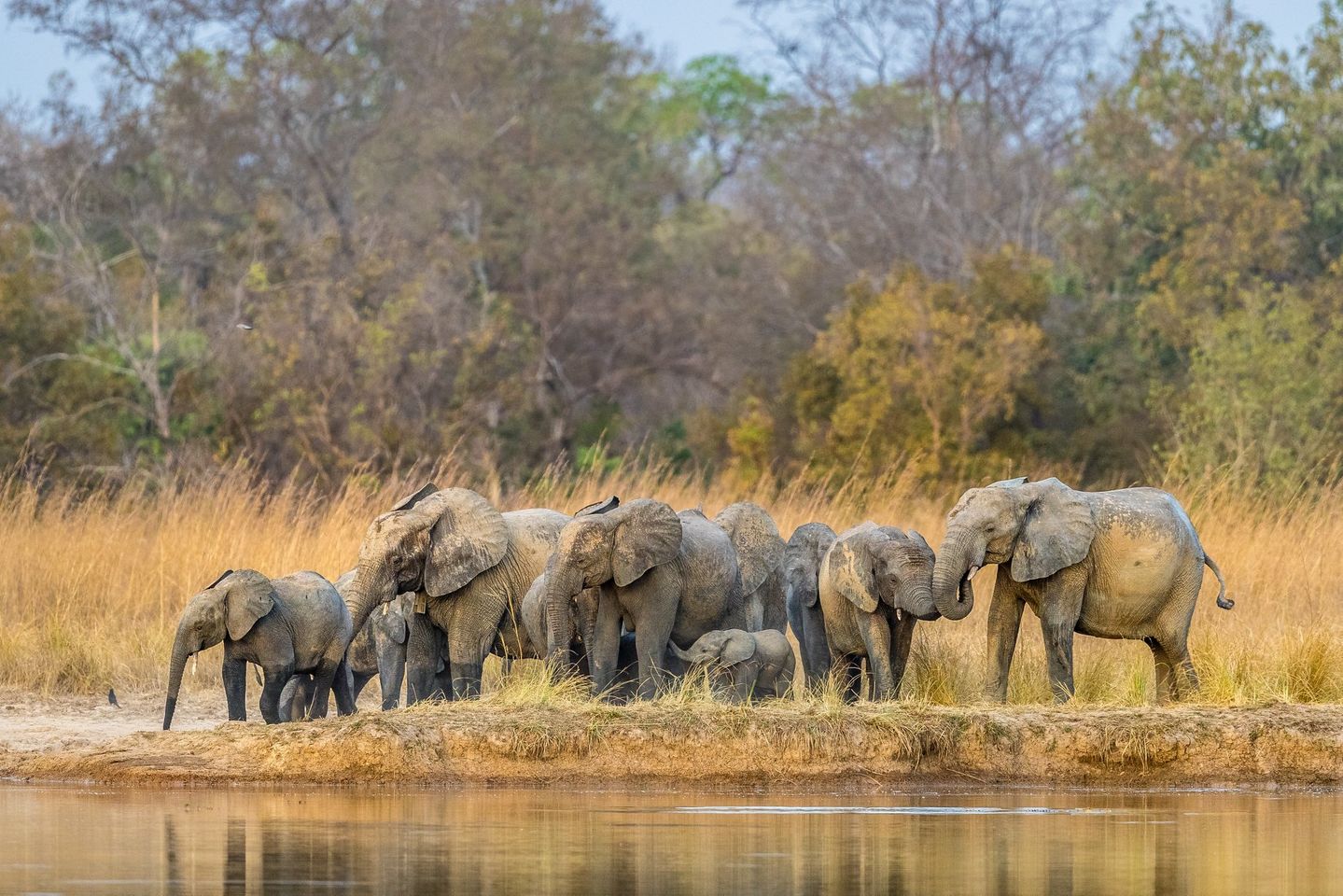Situated in the north-west of the country, Pendjari National Park is a significant part of the transnational WAP Complex, which spans the borders of Niger, Benin, and Burkina Faso, and includes Arly National Park and the hunting zones Koakrana, Kourtiagou, Konkombri and Mékrou.

© Marcus Westberg
Covering an area of 4,800 square kilometres, it is a UNESCO World Heritage Site, has been managed by conservation NGO African Parks in partnership with the Beninese government since 2017, and attracts the benevolent attention of the likes of Wyss Foundation, National Geographic, and Wildcat Foundation, all of whom – together with the Beninese government – have provided it with a rehabilitation grant worth a staggering US$23 million, to be used over the course of the next few years. It is, ‘along with the WAP complex,’ says the current CEO of African Parks Peter Fearnhead, ‘arguably the most important wildlife area and largest intact and functioning ecosystem left in all of West Africa.’
Historically, Pendjari had ‘been dying a slow death’, as the director of Benin’s National Agency for the Promotion of Heritage and Tourism Development José Pliya once memorably declared. An unstable region, a lack of provision, and years of degradation caused by human encroachment had seen its natural resources exhausted, with poaching, tree felling, and cattle being the major culprits. While held in check by the coming together of NGO, government, and local community, that instability was still a factor in 2022, with militant groups operating in neighbouring Burkina Faso threatening the peace, and forcing the park to temporarily close to tourism.

© Marcus Westberg
Fortunately, the increased security, investment in human-wildlife conflict strategies and infrastructure, and support for local eco-businesses managed to keep Pendjari relatively safe. The key, of course, to long-term success lies in the hands of the local community – a population of 28,000 (2002) – and the benefits afforded by the park, hence the level of investment in the provision of water, the development of sustainable beekeeping and fishing businesses, and the implementation of health and educational services. Poaching and cattle encroachment remains an issue. At the time of writing, the park remains closed, but is set, we understand, to reopen in November 2023.
Just south of the Sahel climatic zone, Pendjari’s tropical climate is marked by dry and wet seasons and results in a largely mixed savannah habitat of grasslands, woodlands, shrublands, and forests, which in turn attracts and sustains a range of mammals, including elephant, lion, buffalo, several species of antelope, cheetah, leopard, hippo, and wild dog. Numbers vary, and few species will compare in number to those found in the savannahs of eastern and southern Africa. This said, the birdlife is prolific, with over 400 species to be found here. Home to the critically endangered West African lion and Northwest African cheetah, it is, as African Parks says, a ‘conservation stronghold in West Africa’ and as such ‘a beacon of hope’. If and when you can, do visit. It’s wonderful – and wonderfully important.
We currently use Pendjari Lodge for accommodation in Pendjari.
